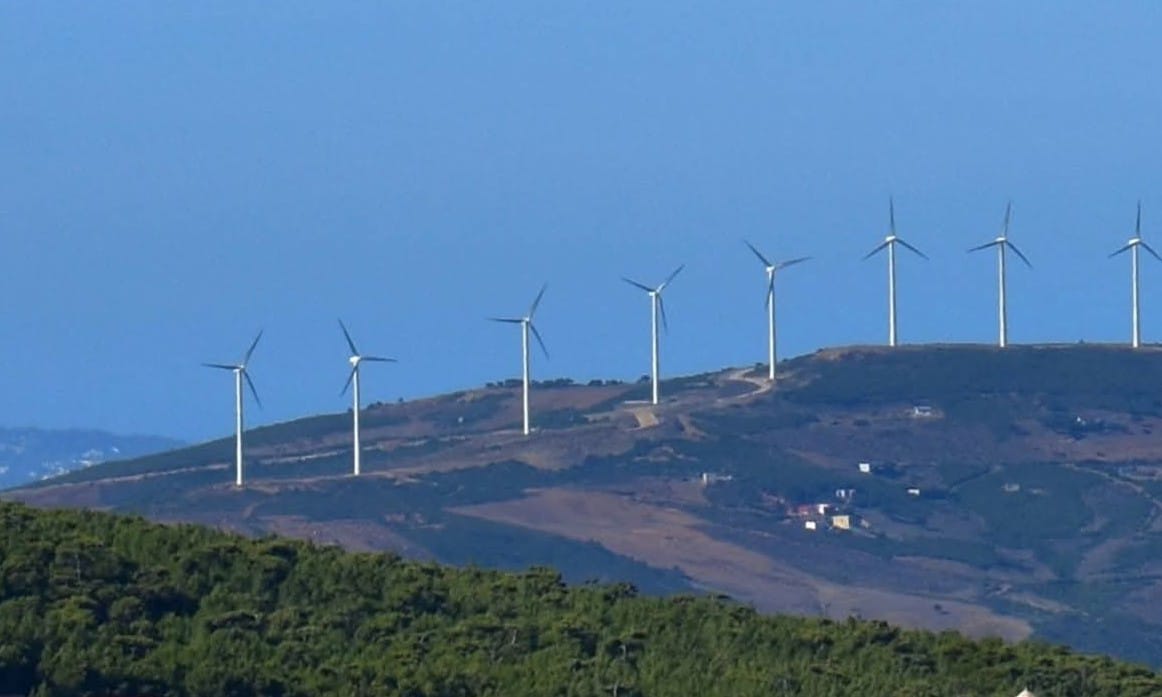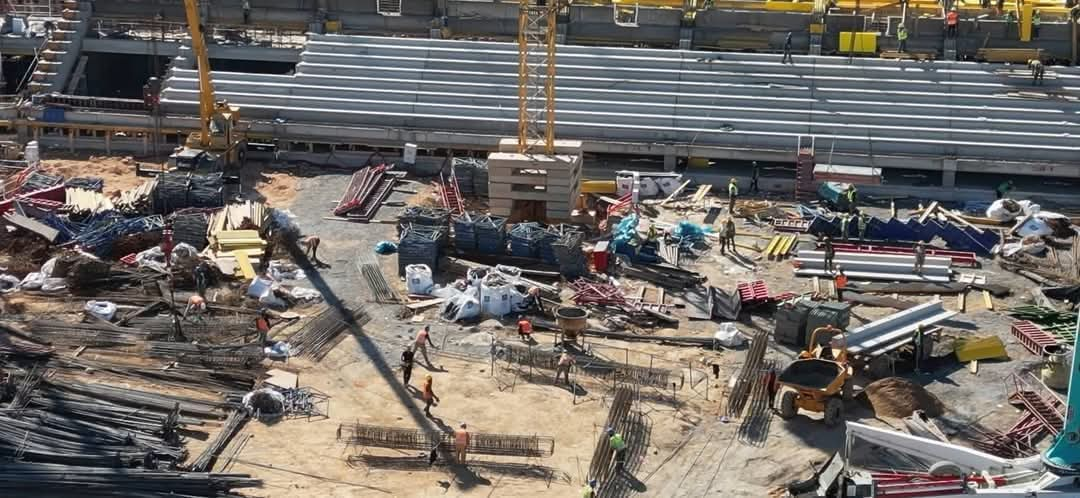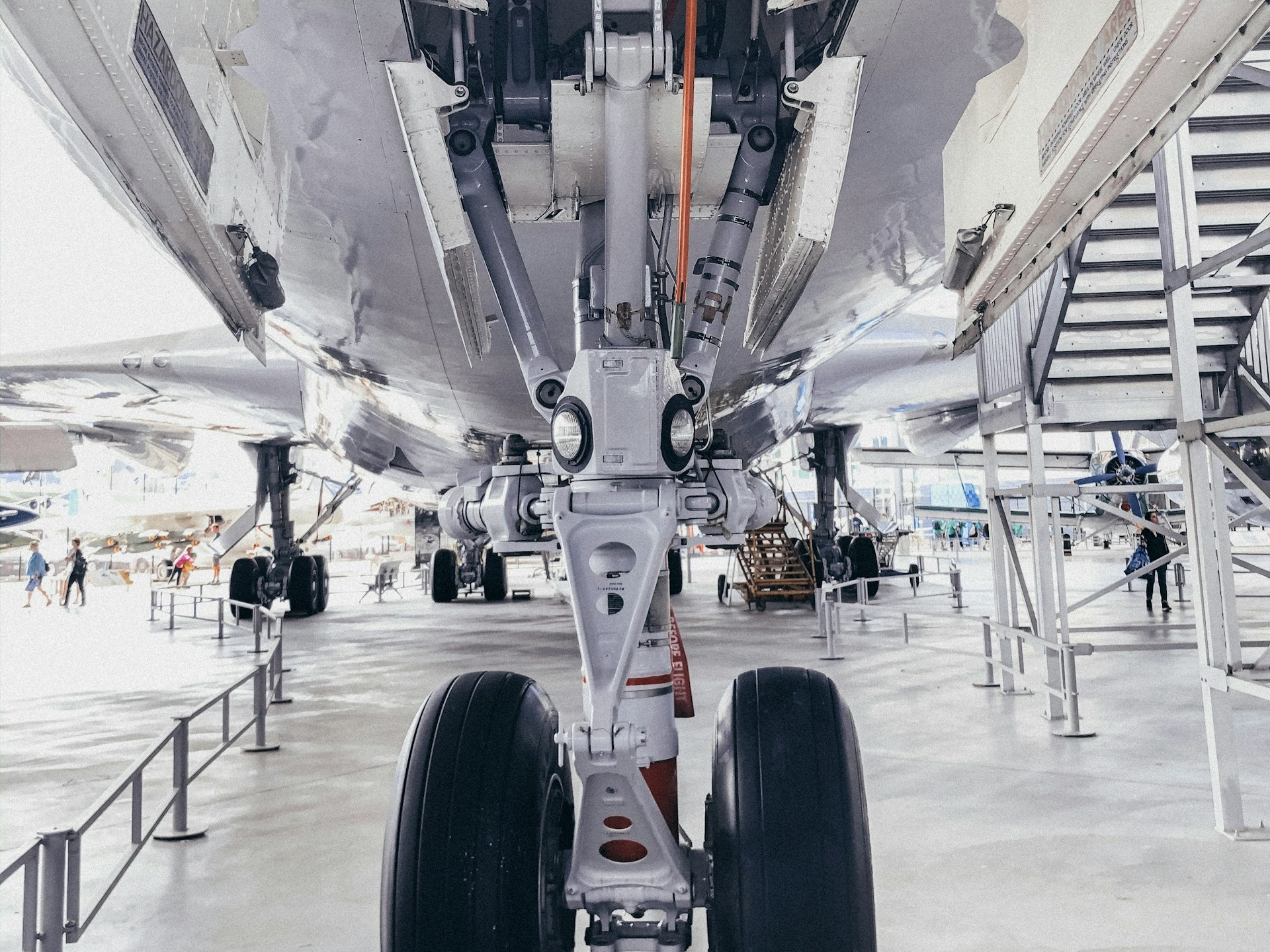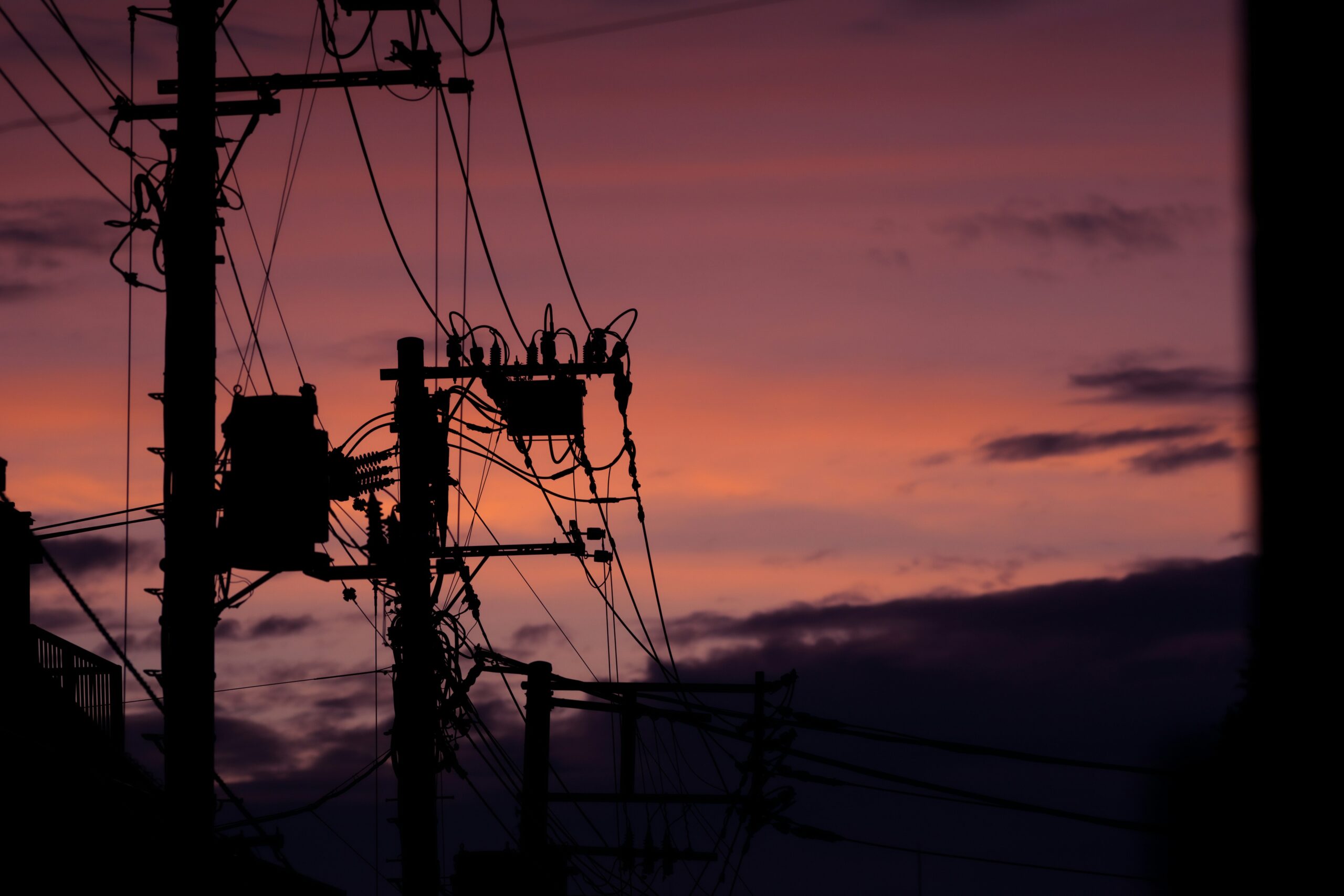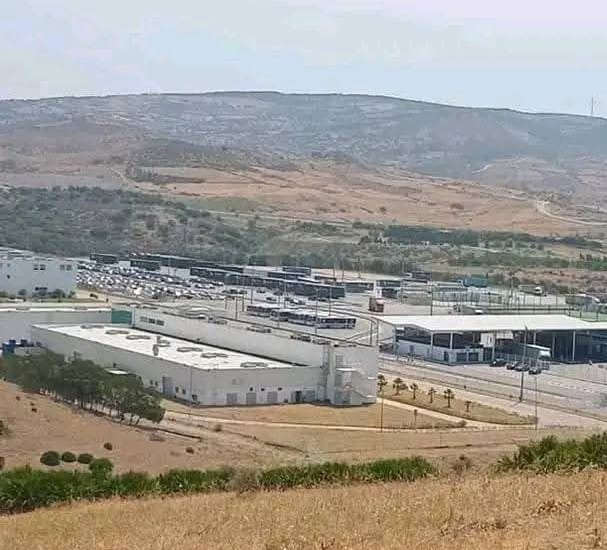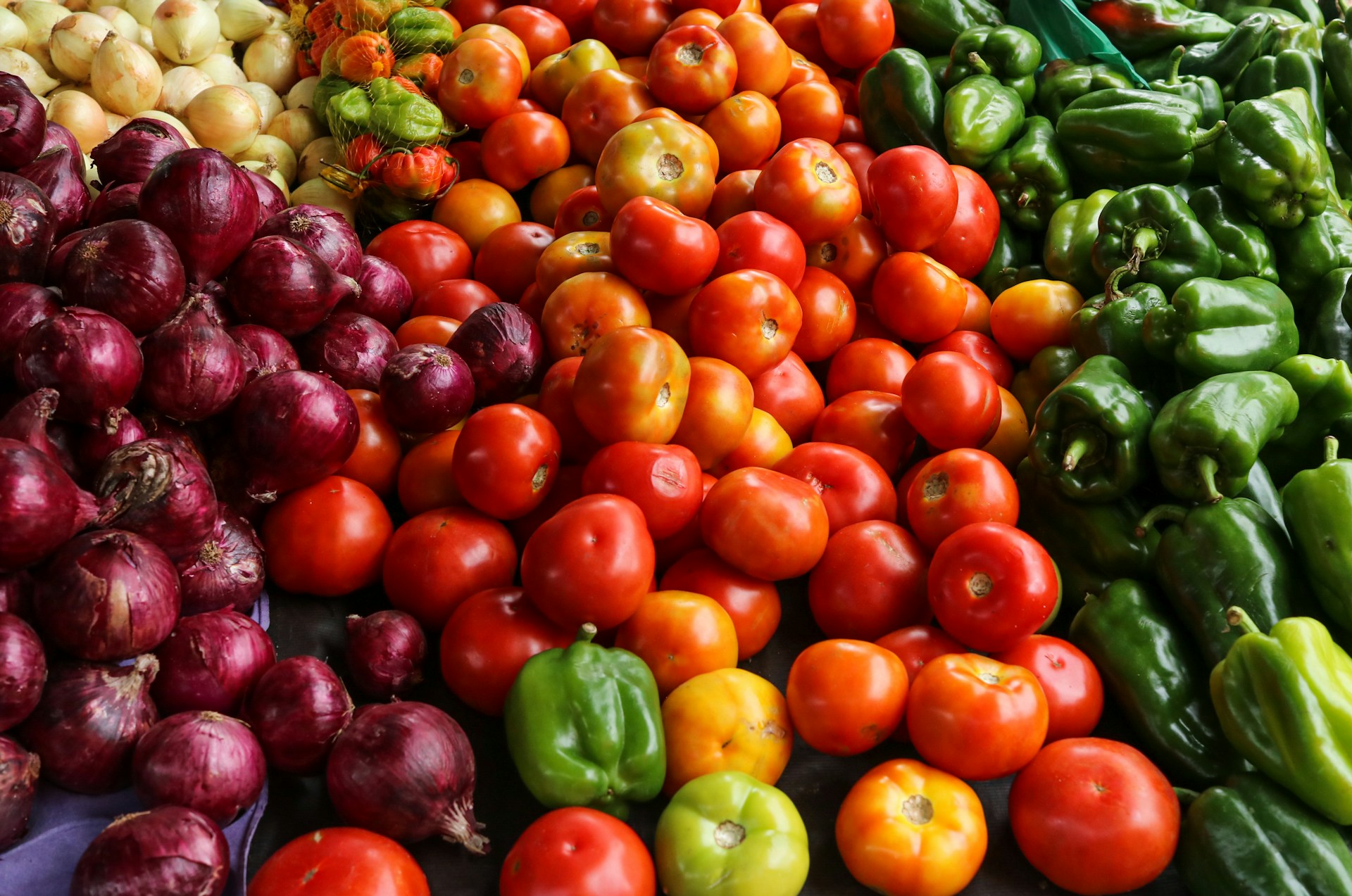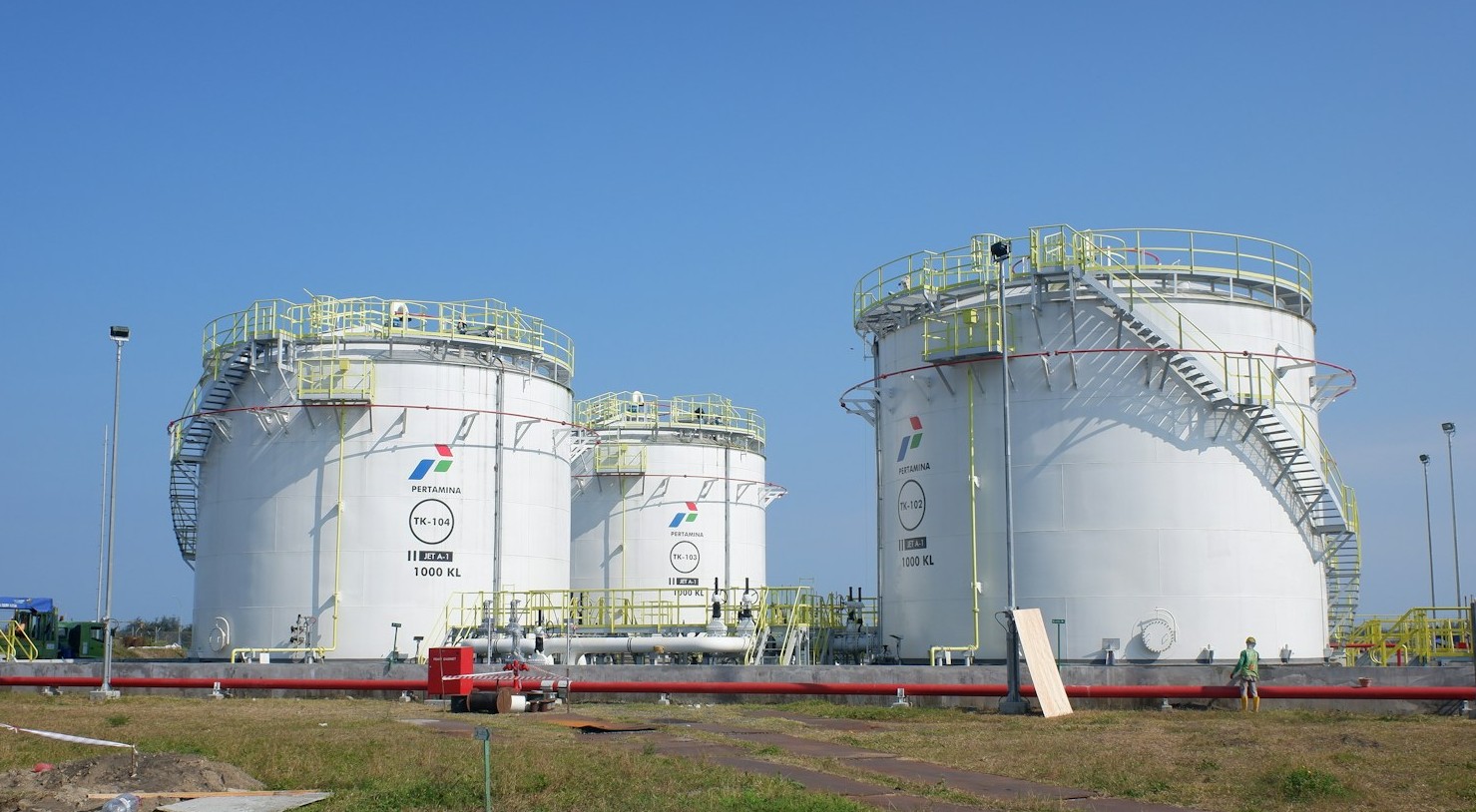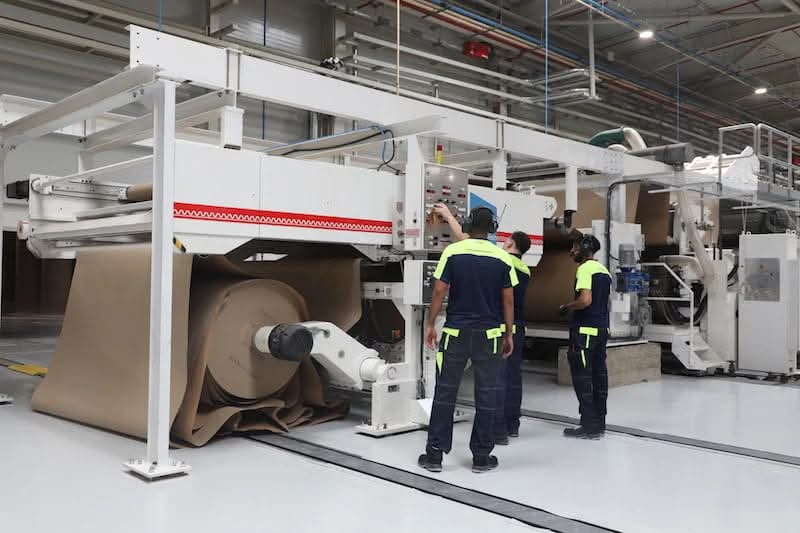Casablanca – After years of stagnation due to global crises, Morocco’s public works sector has made a strong comeback, fueled by large-scale infrastructure projects. This resurgence, driven by major sporting events such as the 2025 Africa Cup of Nations (AFCON) and the 2030 FIFA World Cup, is set to reshape the nation’s economy.
Massive Investments in Infrastructure
According to BMCE Capital Global Research (BKGR), the period from 2023 to 2028 will see significant investments in public infrastructure. Nearly $2.06 billion is earmarked for the construction, renovation, and modernization of nine stadiums, with capacities ranging from 60,000 to 115,000 spectators.
To accommodate the anticipated surge in visitors, Morocco is also expanding its road and airport networks. In 2025 alone, the country will invest $422 million in modernizing its highways, including the Tit Mellil-Berrechid and Rabat-Casablanca Continentale motorways, as well as key interchanges in Sidi Maarouf and Ain Harrouda. Additionally, $62 million will be allocated to highway maintenance.
Looking ahead to 2030, investments in transport infrastructure will increase further, with new highways connecting strategic cities like Fès and Marrakech, alongside the expansion of the Tanger-Tétouan corridor. The Moroccan National Highway Company (ADM) has planned an expenditure of $794 million between 2025 and 2027 to extend the motorway network from 1,800 km to 3,000 km.
Boosting tourism and job creation
BKGR anticipates a substantial rise in hotel occupancy rates, driven by the construction of 40,000 new hotel rooms, increasing the national total to 330,000. This expansion is expected to generate an additional $2.06 billion in tourism revenue while creating 250,000 temporary construction jobs and 100,000 permanent positions in the hospitality, tourism, and transportation sectors.
To support this growth, the Moroccan government has allocated $4.33 billion for airport expansion by 2030. This includes the construction of new terminals and upgrades to existing facilities in Casablanca, Rabat-Salé, Marrakech, Tangier, Agadir, and Tétouan.
Rail expansion: A long-term vision
The Moroccan National Railways Office (ONCF) is implementing an ambitious railway expansion plan. By 2040, the country aims to build 1,300 km of new high-speed rail (TGV) lines and 3,800 km of conventional railways, connecting 43 cities, 12 ports, and 15 international airports. Between 2025 and 2027, ONCF will invest $1.01 billion in acquiring new rolling stock, constructing maintenance workshops, and upgrading railway infrastructure.
Additionally, in preparation for the 2030 World Cup, Morocco is considering a $8.97 billion investment to extend the high-speed rail network to Kénitra and Marrakech and develop a regional express train (RER) system in Casablanca, Rabat, and Marrakech.
Water infrastructure: Addressing a strategic challenge
Beyond transport, Morocco’s public works sector is also tackling the nation’s water security challenges. The National Program for Drinking Water Supply and Irrigation (PNAEPI) 2020-2027 represents a major opportunity for construction companies. The program includes the construction of 20 new dams, water transfer systems, and desalination plants to combat recurring droughts. These projects will require significant contributions from infrastructure firms specializing in dam construction, pipeline installation, and building materials production.
Housing market and urban development
The real estate sector is also benefiting from renewed government support. A direct housing assistance program introduced in 2024 provides subsidies of $10,310 for low-income housing (capped at $30,930) and $7,216 for mid-range housing (priced up to $72,165). With an annual budget of $979 million between 2024 and 2028, this initiative aims to assist 100,000 households per year.
Additionally, the “Cities Without Slums” program is accelerating efforts to rehouse 120,000 families. The government has allocated $588 million in the 2025 Finance Law to the Solidarity Housing and Urban Integration Fund.
Cement sales reflect sector growth
The construction boom is evident in cement sales, which rose by 9.5% in 2024 to reach 13.7 million tons. While all major segments, including infrastructure and prefabricated construction, saw gains, exports declined by 43.4%, totaling 1.2 million tons by the end of 2024. However, the trend remains positive, with a 13.8% increase in January 2025, reinforcing optimistic forecasts for the sector’s growth between 2025 and 2030.
Morocco’s public works sector is experiencing an unprecedented revival, positioning itself as a key driver of economic expansion. With billions in investments across transport, tourism, housing, and water management, these developments promise to enhance infrastructure, create jobs, and attract international investors. As the country gears up for major global events, the sector’s momentum is expected to sustain economic growth well beyond 2030.





